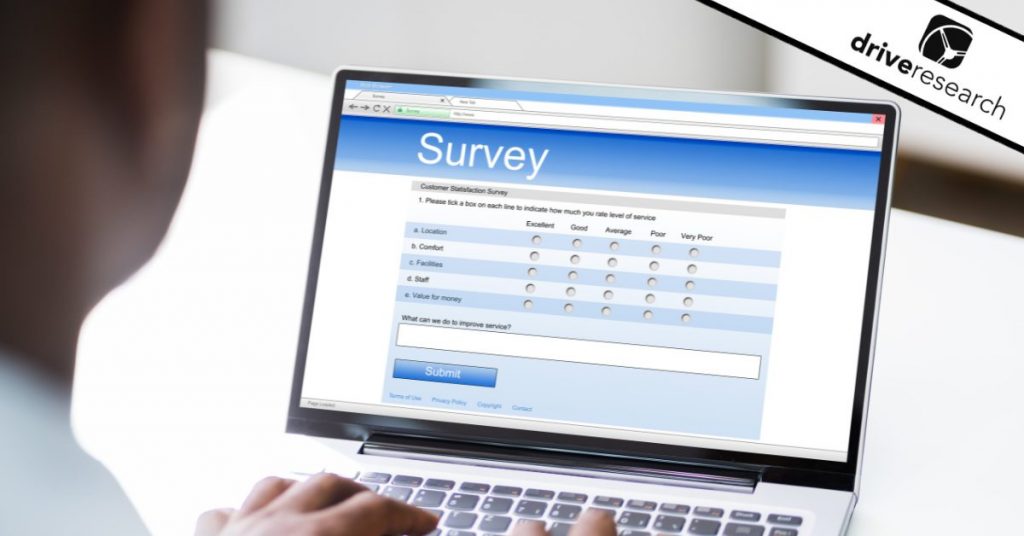
In the realm of online surveys and research, ensuring the accuracy of your data is crucial for drawing reliable conclusions.
One common challenge that researchers face is self-selection bias.
But what exactly is self-selection bias, and how can it impact your findings? In this blog, we’ll explore the concept of self-selection bias, illustrate it with real-world examples, and discuss strategies to avoid it.
What is Self-Selection Bias?
Self-selection bias in market research is a type of non-sampling error in which the respondents who complete a survey are demographically or behaviorally different than the intended sample.
This type of sampling bias has become more of an issue in recent years due to the popularity of social media and river sampling methodologies to recruit as many people as possible to participate in market research studies.
It involves using a multitude of different channels (social media, email, websites, etc.) to funnel survey respondents to one survey link.
As response rates decline, multi-sampling approaches are often required to obtain the completes you need for your study if an online panel company cannot help.
Examples of Self-Selection Bias
Self-selection bias can occur in many forms. Here are some examples:
1. A national retail store wants to understand satisfaction levels with in-store experiences. A link to a customer satisfaction survey is posted on the store’s website.
Those who take the survey are inherently more likely to be website visitors, spend more time online, and make more online purchases than respondents who do not visit the site to view the link. In-store customers may, and probably will exhibit different satisfaction scores than these website visitors.
2. A local gym wants to conduct a short survey with the community to determine the best use of additional land which was purchased adjacent to its location.
The survey link is shared on Facebook by the gym owner.
The local high school soccer team captain sees the link and shares it on his Facebook page, the high school soccer team page, and shares it with other team captains in the area encouraging them to pick “soccer field” when asked what the best use of the land will be.
Obviously this sample base of respondents will differ quite a bit from the average gym-goers’ views on the additional property.
A fairly common type of self-selection bias is evident with SAT and SAT prep courses taken by high school students.
Results show SAT scores are higher for those who opt to take an SAT prep course. Therefore the course is credited as the reason students produce higher scores on the SAT.
However, self-selection bias may be to blame because the “type” of student who takes an SAT course may be smarter, more-studious, or more logical than a student who chooses not to take the course.
So the real reason the course results in higher average SAT scores could be driven by the types of students who opt into the course rather than the prep course itself.
How to Avoid Self-Selection Bias in Surveys
Avoiding self-selection bias in surveys is crucial for obtaining accurate and representative results.
Here are some strategies to minimize this bias from our online survey company:
- Random Sampling: Instead of relying on volunteers, use random sampling techniques to select participants from the entire population. This helps ensure that every individual has an equal chance of being included in the survey.
- Incentivize Participation: Provide incentives to encourage a diverse range of people to participate. Ensure the incentives are appealing but not so large that they skew the results.
- Stratified Sampling: Divide the population into subgroups (strata) based on relevant characteristics (e.g., age, gender, location) and then randomly sample from each stratum. This ensures that all important subgroups are represented.
- Balanced Survey Design: Use a survey design that encourages participation from all segments of the population. This includes designing questions that are relevant to various demographics and avoiding language that might deter certain groups.
- Over-Sample Underrepresented Groups: If certain groups are underrepresented, oversample them to ensure their perspectives are included. You can then weight the responses to correct for any imbalance.
Contact Our Online Survey Company
Drive Research is a national online survey company. Our team manages each aspect of your online survey project to ensure 100% quality respondents and data. This includes survey design, programming, fielding, and analyzing feedback.
To learn more about our services, contact us today.



